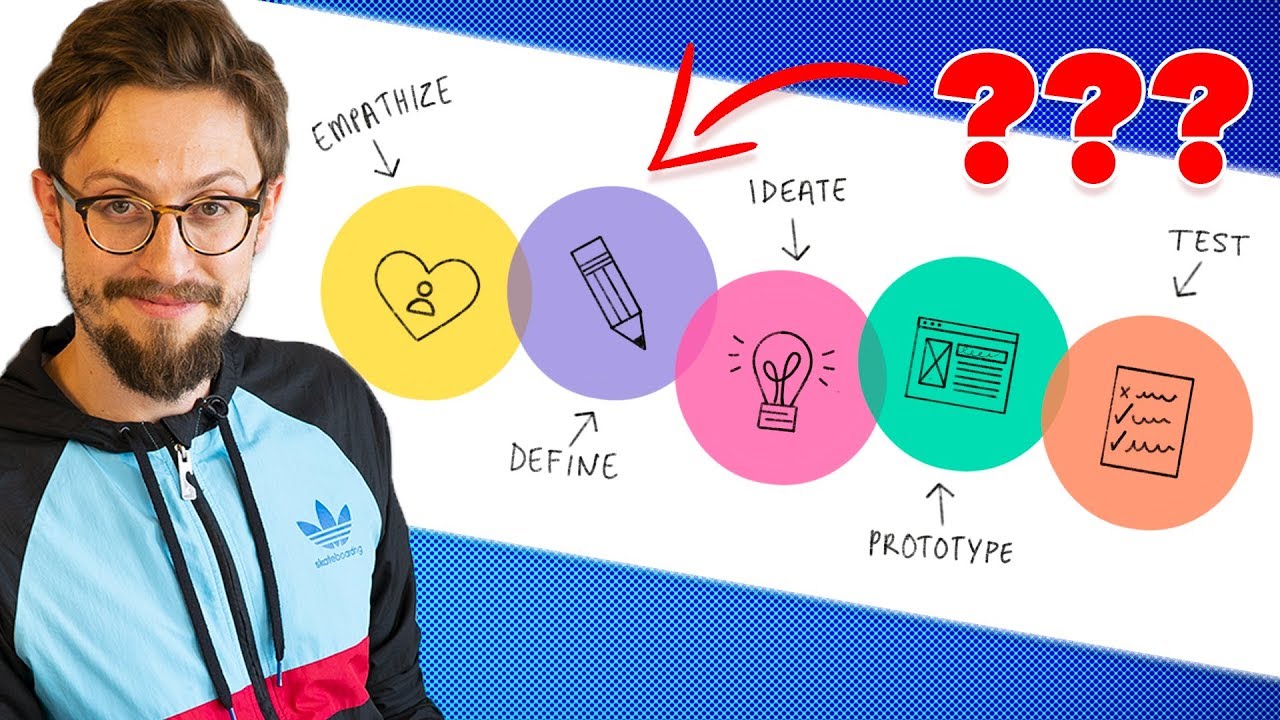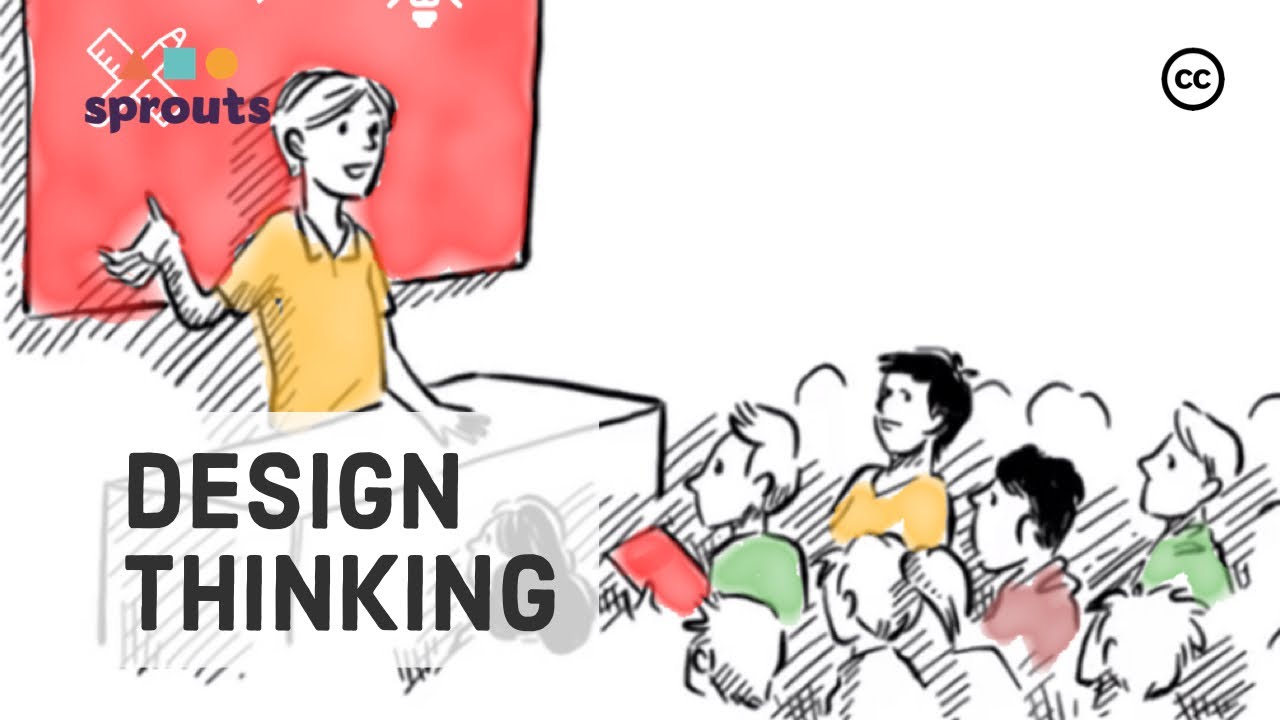Design thinking
Is a solution-oriented approach to problem-solving that emphasizes empathy, creativity, and user-centricity. This roadmap breaks down the process into actionable steps, showcasing my approach to tackling challenges creatively and effectively in any design project.

**Steps to Apply Design Thinking**
**Empathize**
Immerse yourself in the user’s world to understand their challenges, motivations, and needs. Techniques like interviews and observational studies are invaluable here.
**Define**
Synthesize research findings into clear, concise problem statements. This step provides a focus for ideation and ensures that solutions address the right challenges.
**Ideate**
Encourage creative brainstorming to generate a wide range of solutions. Techniques like mind mapping or SCAMPER (Substitute, Combine, Adapt, Modify, Put to another use, Eliminate, Reverse) can inspire innovative ideas.
**Prototype**
Develop tangible representations of the most promising ideas. Prototypes enable quick testing and refinement without the need for fully developed products.
**Test**
Gather user feedback on prototypes to identify strengths, weaknesses, and areas for improvement. Use this feedback to refine solutions and iterate further.




